Introduction: Creativity Meets AI
Recall when design work used to be all about working late hours, looking at Photoshop, or typing line after line of code for just a website to be even marginally presentable? Such days are gradually turning into history. Nowadays, AI is filling in as an inventive assistant, making what used to take days a reality in minutes.
From a programmer building interfaces to an individual entrepreneur building marketing materials, AI is helping to turn ideas into reality faster and smarter. Even amateur creators can now produce decent-looking graphics with a printable poster maker online for free, showing that innovation is not the sole realm of tech giants or professional creatives.
AI won’t replace us—it’s here to help us do more. And if I’m totally honest, it’s kind of exciting to see what can be achieved when technology meets creativity.
AI in Design: More Than Just Automation

AI isn’t just speeding up the routine tasks. It’s revolutionizing the way we design. With machine learning and generative AI, design software is changing to become smart partners that learn your aesthetic, your taste, and the kind of content you create.
Here’s what is happening:
Repeating jobs automatically: Resize assets automatically, adapt layouts automatically, and auto-iterate color schemes.
Generative powers and predictive smarts: Software can generate complete visual designs from text inputs, and AI lets you know what types of visuals your audience members will engage with.
Scale personalization: Produce customized visuals for thousands of viewers in seconds.
According to a 2024 Forrester report, teams using AI-driven design tools publish 40% more quickly and get 30% more engagement—meaning AI not only is easy but also effective.
From Code to Creative Expression
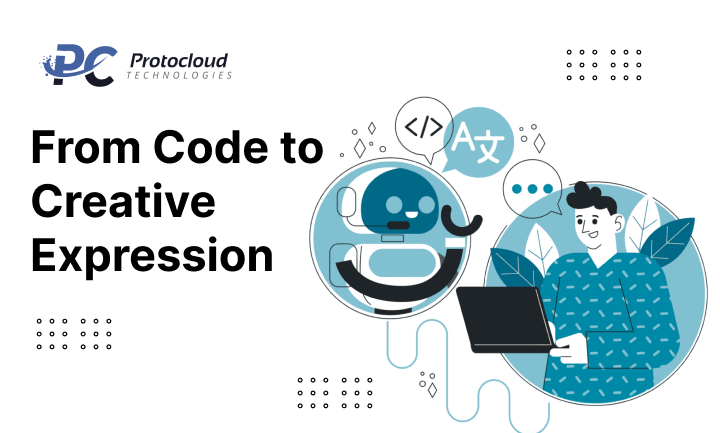
One of the most awesome aspects of AI in design is the way it’s closing the gap between developers and designers. AI is not only assisting designers, but also making developers more creative.
AI for Code and Design
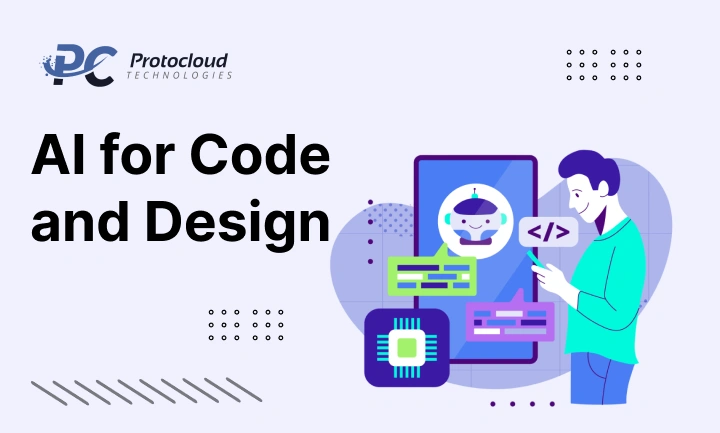
GitHub Copilot and Uizard are two of the applications that enable developers to define an interface in simple English—”I want a new landing page with three feature cards”—and the AI will write the code for you. That is less hours wrestling with syntax and more hours testing with layout and user experience.
Uniting Logic and Art
Currently, digital projects must be creative yet accurate. AI automatically maintains design consistency on small details like color, font, and alignment. Designers and developers no longer focus on details but the overall picture.
Making Design Accessible for Everyone
Most thrilling, though, is the accessibility of AI design. In the past, you would need technical expertise or expensive software to create glossy images. Now, Canva, Fotor, and Visme use AI to guide anyone through the process.
Nowadays, one can design professional graphics in minutes as a student, small businessperson, or even individual entrepreneur. Small business adoption of AI-driven design tools has jumped 72% over the last two years, TechCrunch reports.
And yes, even designing posters is a cinch these days—thanks to free printable poster makers on the internet that enable anybody to quickly create good-looking, print-friendly designs without ever having to deal with mind-blowing software.
Beyond Templates
AI is not so much about choosing the best template. It’s about creating new images. Due to generative adversarial network (GAN)-based apps and diffusion models, you can create entirely new works of art from scratch.
Some of the examples include:
MidJourney and Stable Diffusion: Generate images from text prompts.
Runway ML: Turns static images into animation.
Designify: Auto-lights, auto-compos, and auto-adjusts background.
The result? Marketing campaigns, social media, or even posters can be generated faster, with less effort, and without sacrificing imagination.
Collaboration in the Cloud
AI gets even more powerful with cloud computing. Now groups can co-edit in real time, give feedback in real time, and collaborate in real time.
Some of the tools that bring AI capability to real-time co-editing include Figma and Proto.io. AI helps in alignment of layout, homogeneity of color scheme, and even version control—removing common bottlenecks when working together on projects.
This enables remote teams to design uniform, professional-quality images without the ping-pong of email or file-sharing purgatory.
AI-Driven Marketing Design

Marketing stands to benefit most with AI-powered design. Personalized images can be designed for target customer segments automatically, resulting in higher engagement and conversion.
Imagine an AI that captures customer behavior, interests, and interaction history—and designs personalized one-on-one posters, ads, or social media images for each person. It’s out there, and it’s revolutionizing how companies interact with people.
Salesforce studies found 84% of marketers saw ROI and customer engagement increase when they used AI for personalization.
AI Design Tool Tips
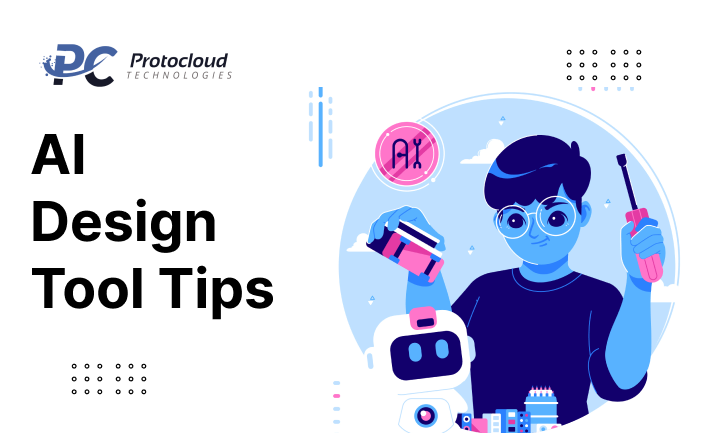
If your business is about to start using AI for design, take these practical tips:
Start small: Select two or three pieces of AI that cover your most pressing pain areas.
Keep humans in control: AI is useful, but creativity is still a human response.
Train, train, train: Make sure your team is comfortable with the tools and with the processes.
Leverage cloud integration: Connect AI to Google Cloud or AWS platforms for scalability.
Assess impact: Track the impact of AI on productivity, engagement, and ROI.
Done well, AI will save you time, fuel creativity, and unlock possibilities you never even knew existed.
Ethics and AI Creativity
Naturally, AI is not a miracle worker. There is a problem of copyright, original work, and bias with AI-generated material. Ethics and transparency are the solution. Always disclose when AI is involved in the process of creation and that training data is ethically sourced.
After all, AI is a tool. It is the human factor—the creative spark of imagination and story and creativity—that adds value to the work at the end of the day.
Conclusion: Design’s Bright Future
AI is revolutionizing design. It’s taking hours of drudgery and turning them into minutes, and it’s opening up new avenues of possibility for anyone brave enough to make the leap. From writing code interfaces to producing marketing campaigns, AI design software is making design faster, brighter, and simpler.
Free printable poster maker online is a good depiction of the manner in which these kinds of technologies are democratizing creativity so that anyone can have professional-level designs in a matter of minutes.
Not only is the future of design digital—it’s smart, collaborative, and AI-powered. And, yeah? It’s a good time to get creative.

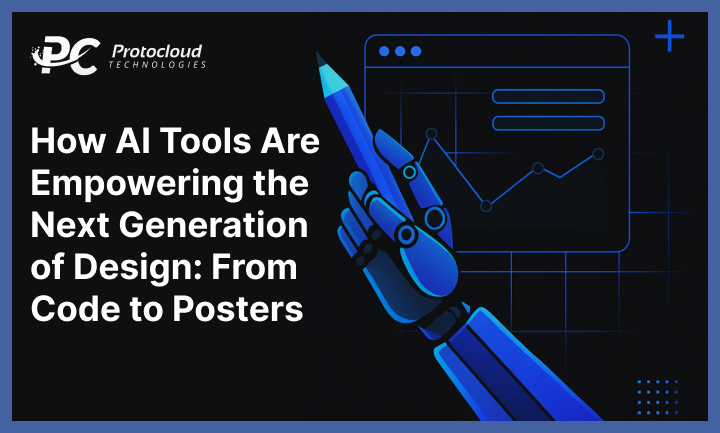

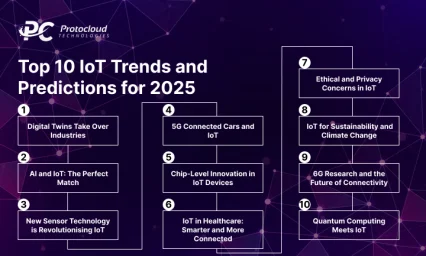

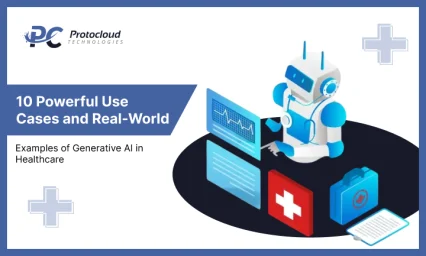

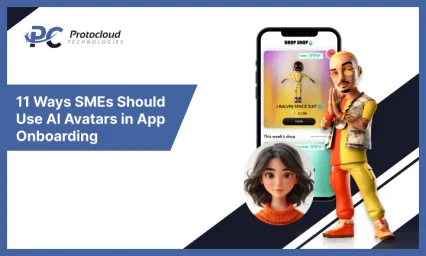

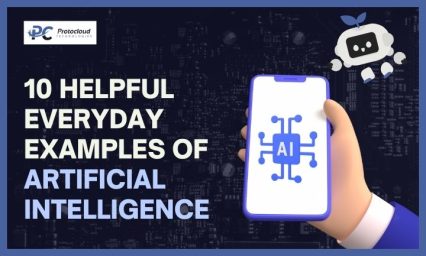
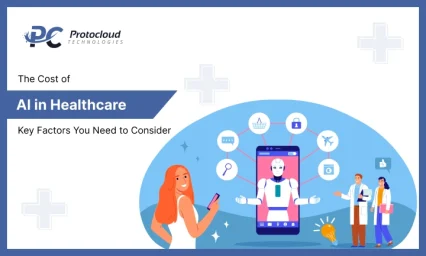
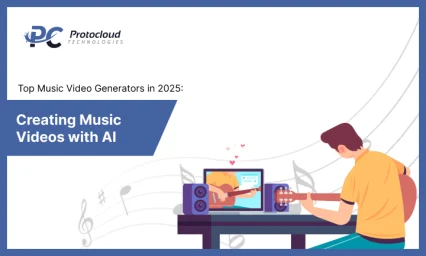
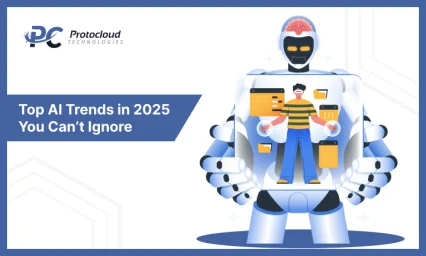
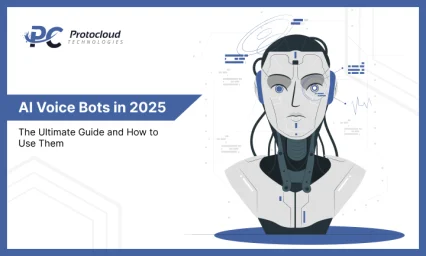


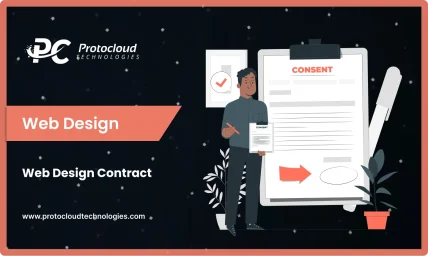

Leave a Reply